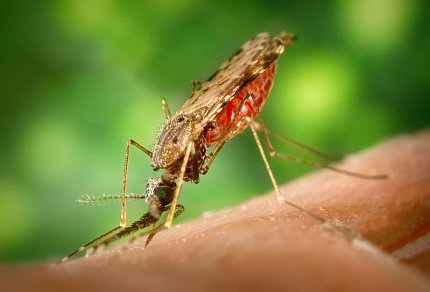Emerging Parasitic Disease Mimics the Symptoms of Visceral Leishmaniasis in People

Photo: CDC/James Gathany
A new study published online in Emerging Infectious Diseases suggests that transmission of a protozoan parasite from insects may also cause leishmaniasis-like symptoms in people. The parasite, however, does not respond to treatment with standard leishmaniasis drugs. The research was conducted by scientists at the Federal Universities of Sergipe and São Carlos, the University of São Paulo and the Oswaldo Cruz Foundation, all in Brazil, along with investigators at NIAID.
Leishmaniasis is a parasitic disease found in parts of the tropics, subtropics and southern Europe. It is classified as a neglected tropical disease and is often transmitted by the bite of sand flies. The most common forms of leishmaniasis are cutaneous, which causes skin sores, and visceral, which affects several internal organs (usually spleen, liver and bone marrow). According to the World Health Organization, each year between 50,000 and 90,000 people become sick with visceral leishmaniasis (kala-azar), a form of the disease that attacks the internal organs and is fatal in more than 95 percent of cases left untreated. During the last several decades, researchers have described rare cases of patients co-infected with both Leishmania and other groups of protozoan parasites that usually infect insects, including Crithidia. The current study of parasites isolated from a Brazilian patient confirms that Crithidia parasites also can infect people.
The study raises concerns that the Brazilian patient might not be an isolated case. If Crithidia infections represent an emerging infectious disease in people, there will be an urgent need to develop novel effective treatments, the researchers said.
